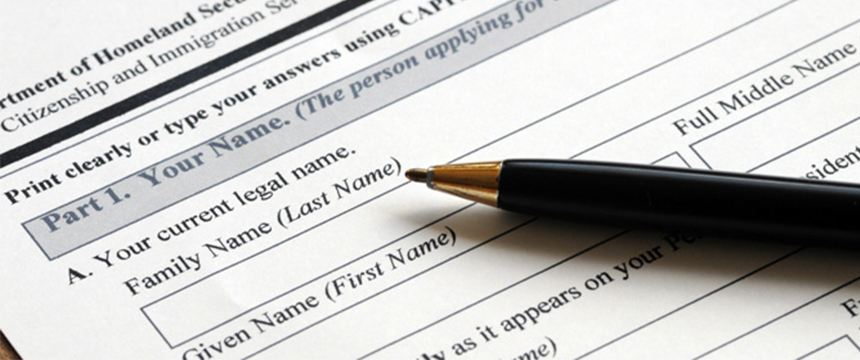Time to Review Your I-9 Compliance; One Employer Just Received a $1.5 Million Fine

Employers must carefully follow the rules for Form I-9, Employment Eligibility Verification to avoid significant liability in a government inspection. An employer with operations in the States of Washington and Oregon recently learned this lesson the hard way. In January 2022, an Administrative Law Judge (ALJ) imposed I-9 fines of $1,527,308.90 against that employer.
The employer was a staffing company. It employed less than 50 full-time, regular employees but hundreds of seasonal employees at various points in the year. Immigration and Customs Enforcement (ICE) received a tip that this company was not complying with the I-9 rules and commenced an inspection of the company’s Forms I-9. The inspection covered the I-9s for current and former employees within the retention period. After a two-year investigation, ICE issued a Notice of Intent to Fine that sought more than $2 million in I-9 penalties. At the later hearing, the ALJ substantially agreed with ICE and imposed a fine of more than $1.5 million. The ALJ imposed this high fine even after giving leniency by treating the employer as a small business based upon the number of full-time, regular employees.
The ALJ determined that the employer committed numerous, serious violations, including the following:
- Failing to timely prepare or present the requested Forms I-9, including failure to produce the full Form I-9 (missing or blank pages).
- Failing to prepare §§ 1 and 2 properly, including the following deficiencies:
- No category of employment authorization designated in § 1 (no box was checked or multiple boxes were checked).
- No statement of the alien registration number, if applicable.
- No signature by the new hire in § 1 to attest under penalty of perjury that he or she is authorized to work lawfully in the United States.
- No document entries in § 2 or entries for invalid documents, contrary to the I-9 List of Acceptable Documents.
- No or only partial document numbers or expiration dates in § 2 for documents presented.
- No printed name of the employer’s representative in § 2.
- No compliant signature of the employer’s representative (use of a signature stamp).
- No employer attestation in § 2, confirming that the employer reviewed the documents presented and verified the new hire’s identity and employment eligibility according to federal I-9 rules.
- Failing to complete the Form I-9 within the time required under federal law, including backdating 178 Forms I-9.
- Failing to reverify employment authorization that was for a temporary period and expiring (no completion of § 3).
Federal law establishes a fine range for I-9 paperwork violations. In this case, the ALJ imposed fines in the middle of the range for most of the violations. Noting that backdating is an even more serious violation than an untimely Form I-9, the ALJ imposed higher fines for backdating to make the “importance of candor in the I-9 form process” clear to employers.
Best Practice Tips: The Department of Homeland Security recently increased the I-9 fine levels for paperwork violations. As of January 11, 2022, the fine range is now $252 to $2,507 per Form I-9. With the fines increasing and ICE actively pursuing new inspections, now is the time for employers to review their Form I-9 practices and strengthen their compliance efforts. Consider implementing best practices such as the following:
- Ensuring that only well-trained employees handle the Form I-9 process for the employer.
- Completing periodic internal I-9 audits to address mistakes before ICE issues the Notice of I-9 Inspection.
- Consulting with legal counsel for guidance when unsure how to address challenging I-9 questions.
Employers that take these steps will be better prepared for a government I-9 inspection and can reduce the risk of liability when ICE comes knocking.
